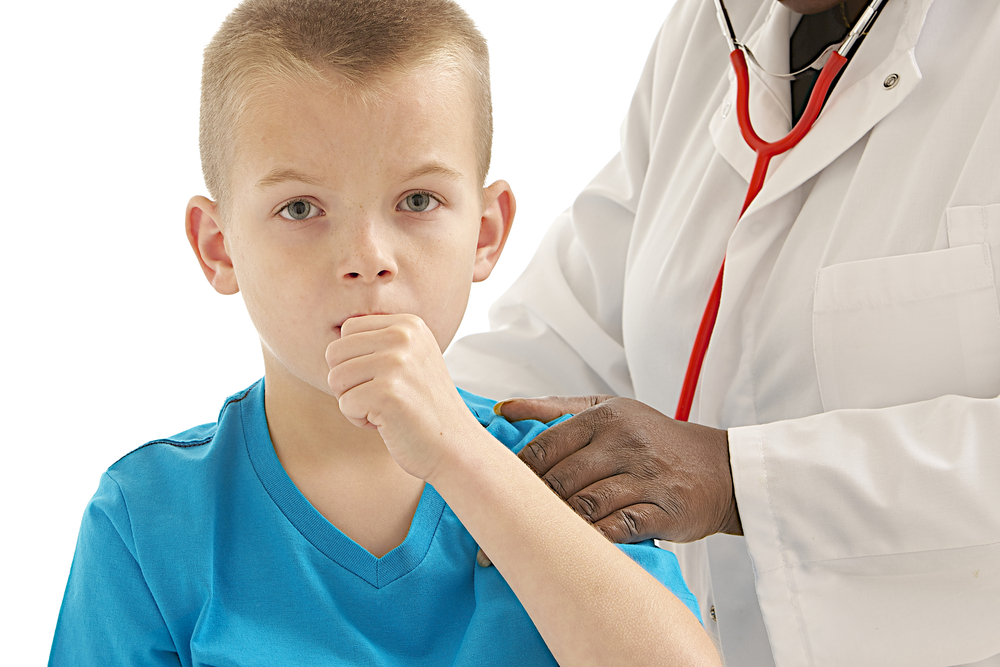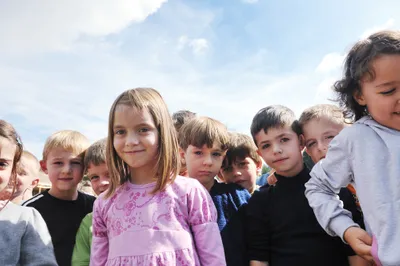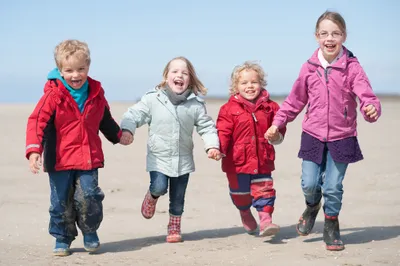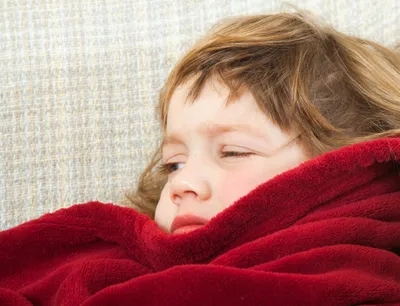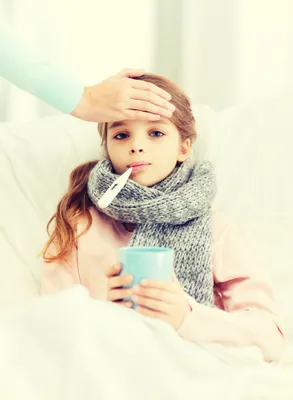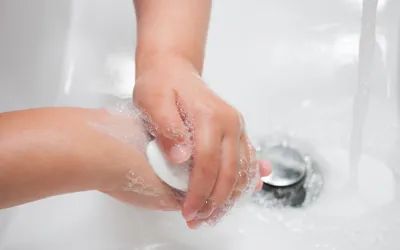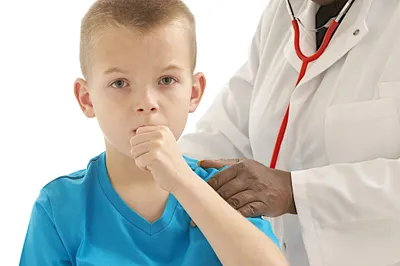The Enterovirus D68, also known as EV-D68, has become a hot topic across North America since late summer and into fall, with a lot more positive tests recorded from children than previous years. With concerns rising, and investigations around a possible connection between the virus and some cases of child paralysis, the respiratory pathogen has been creating fear and uncertainty in a lot of parents – even though in the majority of cases, children only experience mild symptoms and fully recover relatively quickly.
Understanding what the virus is, how it’s spread, who it targets, and how to treat its symptoms can help ease some of the worry. Read on for what parents should know about Enterovirus D68…
1. Enterovirus D68 Is A Respiratory Virus
Enterovirus D68 is a virus from the enterovirus family, which consists of about 100 types of strains. Unlike some other strains in its family, Enterovirus D68 mainly causes mild to severe respiratory illness. Over the years, some enteroviruses have been linked to neurological problems, including muscle weakness and in a rare few cases, paralysis. Any child that’s displaying more severe cold-like symptoms, including wheezing and trouble breathing, should be examined by a physician. Since EV-D68 can worsen and some cases require hospitalization, it’s important to act quickly and get the necessary tests ordered.
2. Children Are Easiest & Most Common Targets
Enterovirus D68 mainly spreads among children, especially those under 5 and children with asthma. The reasons are quite simple – children, especially young ones, haven’t developed a strong enough immune system yet, making them more susceptible to this type of virus. There have been some cases of teenagers and adults who have caught Enterovirus D68 but it’s quite uncommon for this to happen. And some scientists believe a lot more adults catch it than we know because adults don’t get sick enough to warrant visiting a doctor or being tested for it if they do.
3. Most Children Infected Have Mild Symptoms
Although a lot of children have contracted Enterovirus D68, the majority of them only exhibit mild symptoms. According to the Centers for Disease Control and Prevention, many of the symptoms children display are similar to that of the common cold – fever, runny nose, coughing, sneezing, and muscle and body aches. It’s difficult to track exactly how many children have been infected with the virus, since children with these mild symptoms are often not brought in to see a doctor, or if they are, the specific test for the virus may not be ordered.
4. EV-D68 Is Commonly Spread In the Summer and Fall
In North America, Enterovirus D68 is most commonly spread in the summer and fall, with cases significantly decreasing in late fall. It’s not really understood why this is the case, but trends have shown the summer and fall months is when this virus is most prevalent. Why? Enteroviruses are most commonly found during warm months, which is why children in North America are usually infected during this time. In many areas, the amount of cases reported each week is steadily declining as the air cools, and health officials are confident that cases will continue to die out in many areas soon.
5. Children With Asthma Are More At Risk
Unfortunately, children with asthma are at a higher risk of catching EV-D68, and the respiratory strain is often more intense. Children with asthma are more at risk of getting the virus because of their already inflamed – and, consequently – smaller airways, and the fact that Enterovirus D68 attacks their already weakened respiratory systems. It can also take longer for children with asthma to fight off the virus. Taking proper sanitary measures wherever and as often as possible could help lower the chance of a child getting the virus, for those with asthma and those without.
6. Symptoms Widely Vary
It can be scary and upsetting upon learning your child catches Enterovirus D68 because of some of the severe cases that have been in the news. But symptoms widely vary – some children simply need basic cold medication while others need to be hospitalized. Parents should know that EV-D68 affects every child differently, and there’s no telling once the virus is confirmed how sick a child will get. The important thing to remember is that most cases result in mild, cold-like symptoms and could heal as quickly as they would with a cold.
7. There’s No Specific Treatment
The Enterovirus D68 has no specific treatment or vaccine but symptoms are treated accordingly. Just like when a child gets a cold or respiratory virus, the symptoms are treated and in most cases, children recover completely. Medication for fevers and other appropriate cold medication are encouraged to be given depending on what symptoms the child is displaying. EV-D68 needs to run its course, so unfortunately, there’s no simple fix-all treatment for anyone who gets sick. Taking basic sanitary preventative measures could help prevent your child from spreading the virus or catching it.
8. The Best Prevention Is Avoidance
Children share much more than toys – germs. And while kids need to go to daycare and school, the best prevention is avoiding any kids who have Enterovirus D68. Since, as parents, it’s not reasonable or realistic for you to just take off work during the summer and autumn months to completely avoid any other child that may be carrying the virus, warding off unwanted germs with basic sanitary measures is a more realistic prevention. Washing down toys and other items that kids commonly share with anti-bacterial wipes or soap will help kill some of those unwanted germs, including EV-D68.
9. Enterovirus D68 Is Spread Through Respiratory Secretions
This fact is as unpleasant as it sounds. The Enterovirus D68 is spread through respiratory secretions from the nose or throat. Coughing and sneezing, especially when kids do it, can lead to these secretions being transferred to surfaces and items kids commonly share – toys. To properly avoid spreading the secretions when coughing or sneezing, you need to wash your hands immediately after and wipe down any surfaces that may have been contaminated. When these precautions and sanitary measures aren’t taken, another child could touch the contaminated area. If they then touch their eyes, nose or mouth, they could catch the virus.
